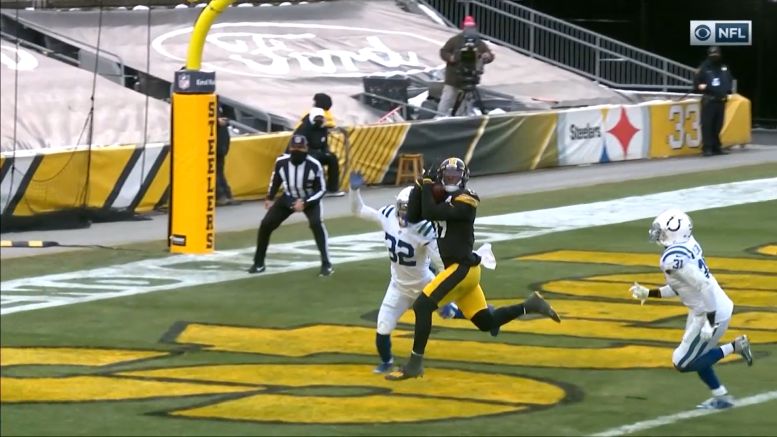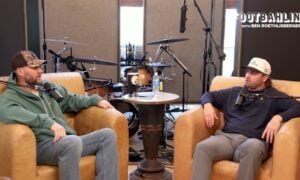Whenever the Pittsburgh Steelers go to the no-huddle offense and suddenly have success that they were not having when they were using the huddle to set up plays, outside observers tend to assume that it is an indictment of what they were doing before, and ask why they don’t just run out of the no-huddle at all times.
While there are advantages to running the no-huddle, one of which being that it prevents defenses from being able to run out substitutions without the risk of being caught off-guard, the distinctions between huddling and not huddling are not as dramatic as it might seem. The biggest difference is that it provides more opportunity to assess the defense and make adjustments. At the end of the day, success or failure still comes down to whether or not you execute, regardless of if you huddles before the play or not.
“A lot of the second half was that, just trying to change the tempo, trying to get guys balls, looks, things like that”, quarterback Ben Roethlisberger said after Sundays’ game about the second-half success in the no huddle. “It was successful because guys made plays. We were able to convert and keep the tempo going”.
The biggest difference between the play-calling in the first half and the second half—do you know what that really was? The biggest difference is that they did a better job of finishing the plays that were called in the second half. And part of the reason for that is that they made some adjustments in the locker room to fine-tune some things on which they were falling short.
“Guys were making plays. As a quarterback, you have to be accurate, and you have to give guys the opportunity to make plays”, Roethlisberger said. “In the second half, the line gave me time. Sometimes when you’re going with the up-tempo or the no huddle, you can kind of slow down a pass rush. Guys are getting tired. You can make defenses call, sometimes, less exotic things. That’s kind of what we tried to do in the second half”.
There are pros and cons to running the no-huddle. After all, there is a reason that teams use it, and not just because they are pressured for time. It can provide a valuable change of pace at times depending on the situation. But that doesn’t mean you throw out everything else.
The irony is that the Steelers didn’t even get the coverage that they were expecting to get on the Diontae Johnson touchdown catch. Roethlisberger chose to throw it anyway because he trusted his receiver in one-on-one coverage to make the play. He did, sparking the comeback, and putting another feather in the cap for the no-huddle offense, even if it had nothing to do with the fact that they didn’t huddle.








